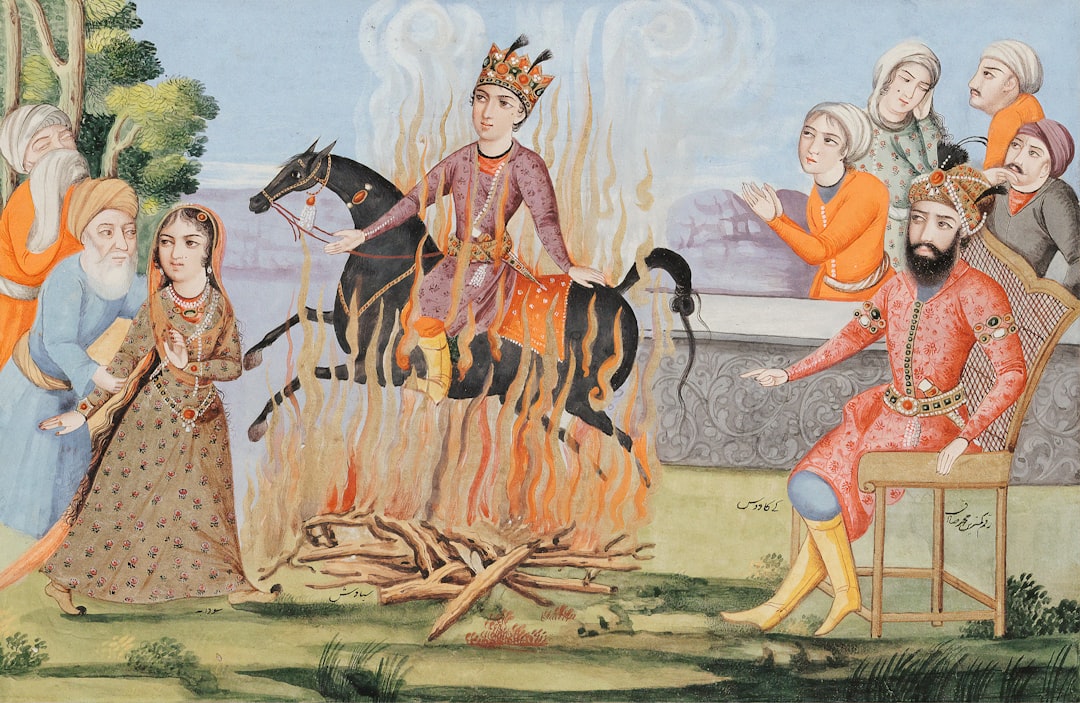What is it about?
This paper has three goals. First, it addresses the problem of ambiguity induced by a large number of kanji graphemes that are used in the current Japanese writing system. Secondly, it summarises and examines claims that this ambiguity is reduced by an orthographic device called okurigana. Thirdly, it argues that the disambiguating function of okurigana is seriously restricted by several constraints. To support this argument, a survey of the Jōyō Kanji Hyō (i.e., inventory of kanji graphemes and their readings recommended by the Japanese Cabinet for daily use) is presented. The results of this survey demonstrate that even though okurigana actually disambiguates a number of kanji graphemes, it fails to do so in many cases because of the constraints. This indicates that a significant amount of ambiguity remains unresolved in the kanji script.
Featured Image
Read the Original
This page is a summary of: Homographic kanji, their ambiguity and the effectiveness of okurigana as a device for disambiguation, Written Language & Literacy, December 2009, John Benjamins,
DOI: 10.1075/wll.12.2.06hon.
You can read the full text:
Contributors
The following have contributed to this page










